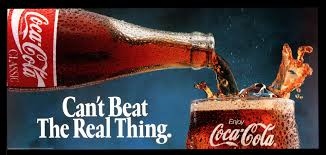
I have been reading a correspondence between Spanish academic José DÃaz Cuyás and Dean MacCannell. MacCannell is a former soixante-huitard who lost faith in a 1960s style Revolution. But as he observes, some fifty years later: “‘The revolution’ and especially the romantic figure of the revolutionary is a myth that effectively disables the left today.â€
The public are not totally alienated consumers, as Marx suggests, but more like ‘readers’ (Cuyás) faced with supermarket shelves rather than books. There will be no uprising of organised workers, as in Russia in 1917. But there are still ways to fight climate change, to accommodate migrants and to one day depose the right wing populists who govern us.
In 1976 MacGannell published The Tourist: A New Theory of the Leisure Class. In doing so he instituted an entire field of academic research, tourism studies. This too is a book about revolution. In a response to Cuyás, its author quotes a passage in which he imagines a totalizing revolution in which every habit of mind is rethought, every book rewritten, every city rebuilt. The end of capitalism is only half of this unthinkable scenario.
“And yet,†writes MacGannell, “our laws have undergone total change and our cities have been rebuilt block by block. Our masterpieces are remade in each new genre.†So might I also add, our paleolithic  art has been thoroughly replicated, and  reinterpreted. In this light my history of the caves and their mediation could be a history of revolutions.
And while we may bemoan our lost access to the caves, our passive alienation under capitalism, and our confinement within hyperreal simulacra, MacGannell argues it was ever thus: “No human group, not even the most primitive, has ever lived in anything resembling objective reality.†So if prehistoric art marks the very emergence of the symbolic order, access for its original audience was in a sense as indirect as ours.
Perhaps MacGannell believes it naïve to want authenticity. He writes: “Without the symbolic, society does not existâ€. It underpins science as well as art. It gives us language, law, face to face interaction with other subjective beings. And ironically, one presumes, without it we would be too primitive to ascribe any value to authenticity.
The author of the tourist even refers to cave painting in his prescription for art: “When it is framed as a vital organ of the symbolic, from the first outline of an animal on the wall of a cave, down to the present day, for better and for worse, all art must engage its audience and continuously demand that its audience complete it.â€
Whether or not it be ‘art’, I intend to demonstrate that 20thand 21stcentury audiences have completed the works found in Franco-Cantabrian caves in a number of ways.